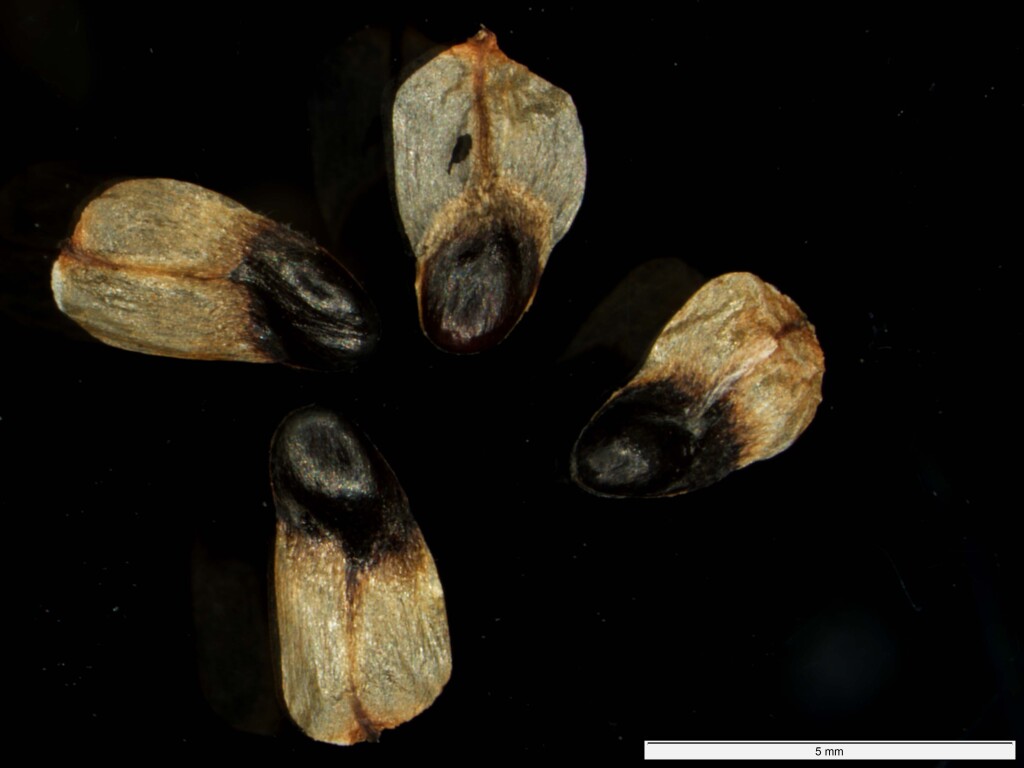Allocasuarina paludosa
(Sieber ex Spreng.) L.A.S.Johnson Scrub SheoakMonoecious or dioecious shrub 0.3–4 m high; penultimate branchlets woody. Bark smooth. Branchlets ascending or curved, to 20 cm long; internodes 5–14 mm long, 0.7–1 mm diam., smooth, usually densely pubescent (rarely glabrous) in furrows; ribs flat or slightly rounded, usually with median groove, occasionally pubescent (but not in groove). Teeth 5–8, erect or spreading, 0.5–0.9 mm long, not overlapping, often withered. Male spikes 10–25 mm long, 7–9 whorls per cm; anther 0.7–1.1 mm long; bracteoles persistent. Cones cylindric to ovoid, longer than broad, sessile or on peduncle to 2 mm long; cone body 10–18(–23) mm long, 7–13 mm diam.; valves in several rows, hardly extending beyond cone body, truncate to obtuse, pyramidal protuberance shorter than bracteole body, truncate, often with minute deciduous mucro. Winged seeds 3–5 mm long, dark brown to black. Flowers all year.
LoM, Wim, GleP, Brid, VVP, GipP, OtP, WaP, Gold, GGr, DunT, EGL, EGU, WPro, HSF, HNF, OtR, Strz, VAlp. Also SA, NSW, Tas. Widespread in mostly southern Victoria, possibly also occurs in Little Desert. Grows in heath and on poorly drained soils above swamps and the edge of woodland.
Compared with Allocasuarina pusilla, the branchlet teeth are longer and narrower, and do not overlap at their bases, and the furrows range from glabrous to extremely pubescent (depending on the hairiness of the branchlets, shrubs may appear green or grey, even within a single population).
Entwisle, T.J. (1996). Casuarinaceae. In: Walsh, N.G.; Entwisle, T.J., Flora of Victoria Vol. 3, Dicotyledons Winteraceae to Myrtaceae, pp. 90–101. Inkata Press, Melbourne.
 Spinning
Spinning


